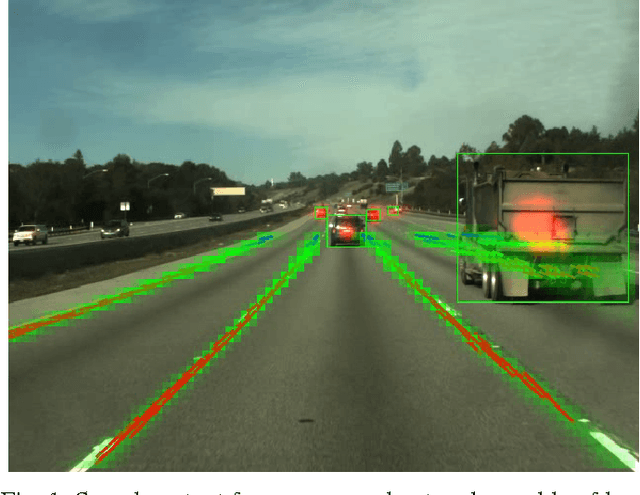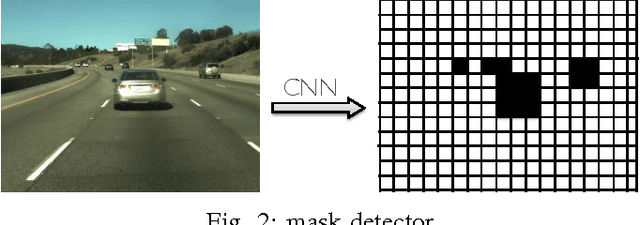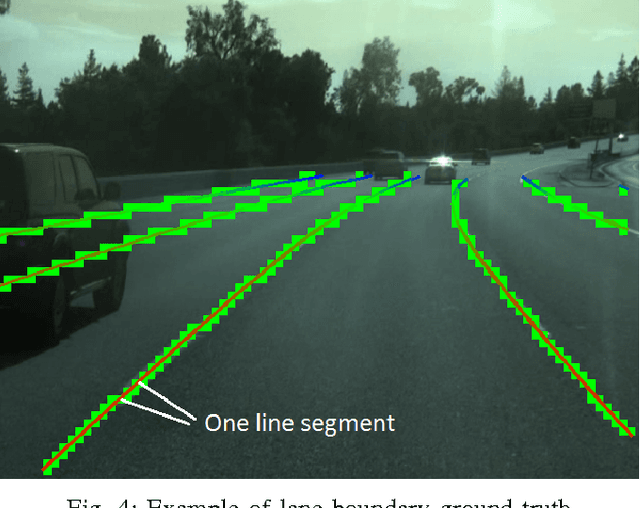Royce Cheng-Yue
Driverseat: Crowdstrapping Learning Tasks for Autonomous Driving
Dec 07, 2015



Abstract:While emerging deep-learning systems have outclassed knowledge-based approaches in many tasks, their application to detection tasks for autonomous technologies remains an open field for scientific exploration. Broadly, there are two major developmental bottlenecks: the unavailability of comprehensively labeled datasets and of expressive evaluation strategies. Approaches for labeling datasets have relied on intensive hand-engineering, and strategies for evaluating learning systems have been unable to identify failure-case scenarios. Human intelligence offers an untapped approach for breaking through these bottlenecks. This paper introduces Driverseat, a technology for embedding crowds around learning systems for autonomous driving. Driverseat utilizes crowd contributions for (a) collecting complex 3D labels and (b) tagging diverse scenarios for ready evaluation of learning systems. We demonstrate how Driverseat can crowdstrap a convolutional neural network on the lane-detection task. More generally, crowdstrapping introduces a valuable paradigm for any technology that can benefit from leveraging the powerful combination of human and computer intelligence.
An Empirical Evaluation of Deep Learning on Highway Driving
Apr 17, 2015



Abstract:Numerous groups have applied a variety of deep learning techniques to computer vision problems in highway perception scenarios. In this paper, we presented a number of empirical evaluations of recent deep learning advances. Computer vision, combined with deep learning, has the potential to bring about a relatively inexpensive, robust solution to autonomous driving. To prepare deep learning for industry uptake and practical applications, neural networks will require large data sets that represent all possible driving environments and scenarios. We collect a large data set of highway data and apply deep learning and computer vision algorithms to problems such as car and lane detection. We show how existing convolutional neural networks (CNNs) can be used to perform lane and vehicle detection while running at frame rates required for a real-time system. Our results lend credence to the hypothesis that deep learning holds promise for autonomous driving.
 Add to Chrome
Add to Chrome Add to Firefox
Add to Firefox Add to Edge
Add to Edge